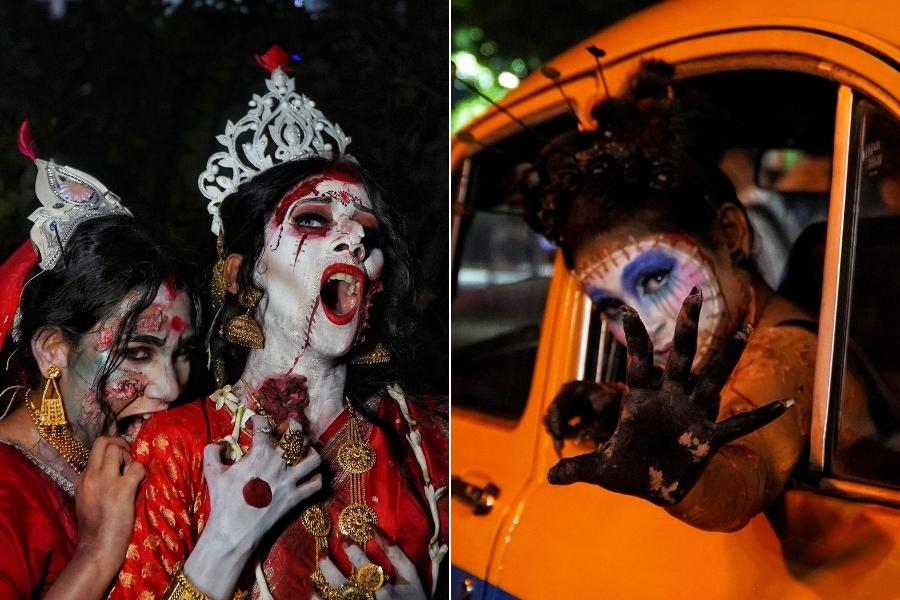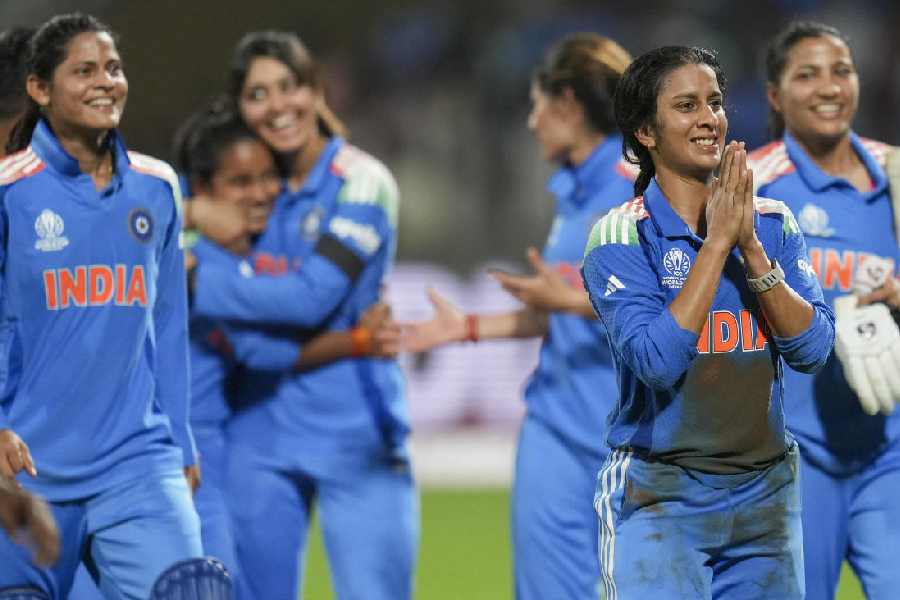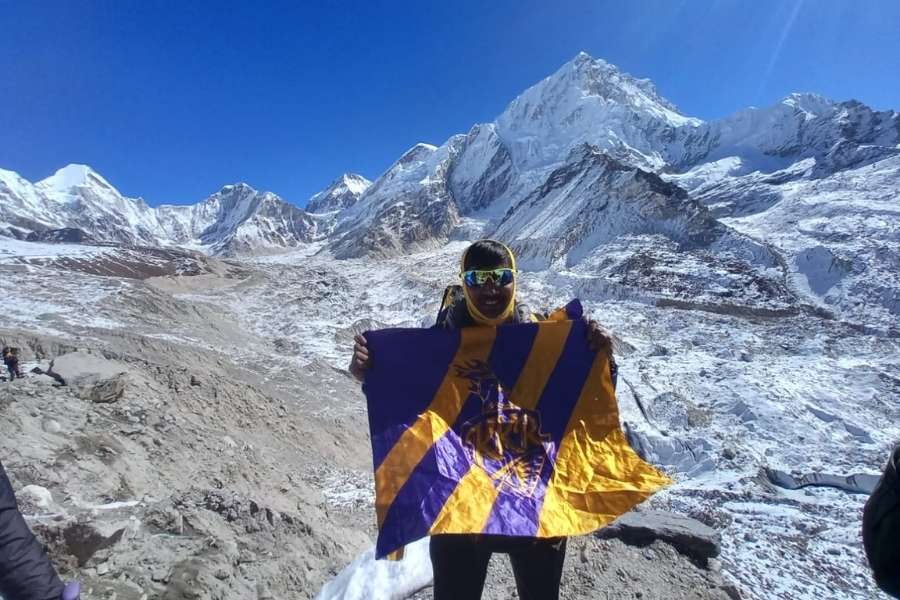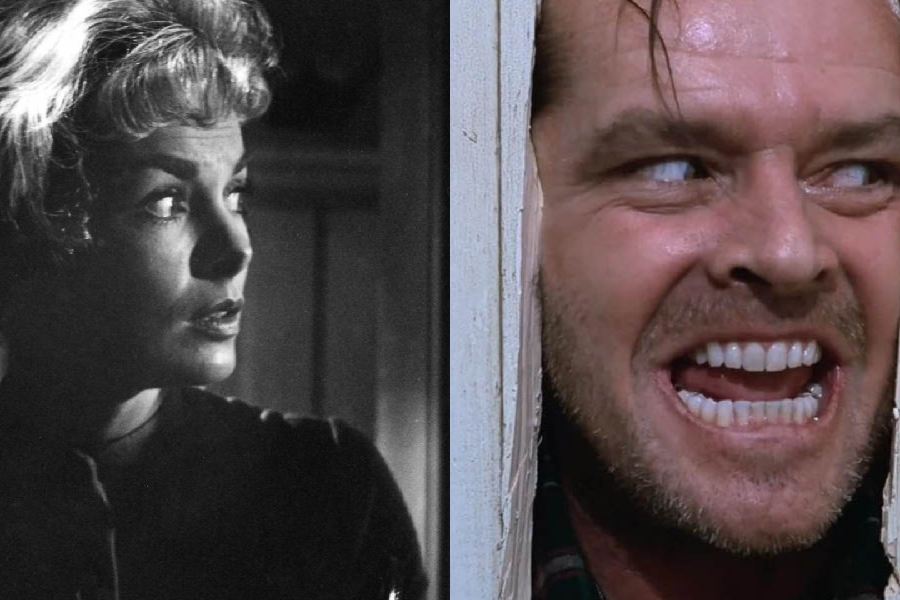 Friday, 31 October 2025
Friday, 31 October 2025
 Friday, 31 October 2025
Friday, 31 October 2025
22-year-old grappler Reetika Hooda tested positive for "anabolic steroid metabolites" earlier this month, and her case is nothing but a reminder of several talented athletes who landed in no man's land following suspension.
Reetika, along with two other athletes from the same akhara (traditional wrestling school), tested positive for anabolic steroid metabolites flagged by the World Anti-Doping Agency (WADA).
All three have been provisionally suspended by the National Anti-Doping Agency (NADA), pending hearings.
WFI President Sanjay Singh has blamed local coaches for the scandal, but for many in the wrestling ecosystem, those words offer little reassurance.
This doping menace is not new to Indian wrestling. Over the years, several big names have seen their careers derailed due to banned substances:
Bajrang Punia (2024)
The Tokyo Olympics bronze medallist and one of India’s most recognisable wrestling faces, Bajrang was banned for four years for refusing to provide a urine sample to NADA officials in March 2024. He was provisionally suspended in November, just months after protesting against former WFI officials.
Narsingh Yadav (2016)
His Rio Olympic dreams came crashing down when he tested positive for anabolic steroids. Although initially cleared by NADA on grounds of sabotage, the Court of Arbitration for Sport (CAS) overturned the decision, ruling the claim "not credible" and banning him for four years.
Ravi Kumar Dahiya (2012)
Before winning silver at the Tokyo Olympics, Ravi had tested positive at the junior level and was handed a two-year ban. He later returned stronger and climbed his way back into international reckoning.
Sumit Malik (2021)
The 2018 Commonwealth Games gold medallist tested positive for methylhexaneamine during the Olympic qualifiers in Sofia, Bulgaria. He received a two-year ban, putting an abrupt stop to his Olympic aspirations.
Sandeep Tulsi Yadav (2016–2020)
Another wrestler from the same training environment as Narsingh, Sandeep tested positive for methandienone, an anabolic steroid, and was handed a four-year ban.
These cases are grim reminders that doping doesn’t just affect careers—it ruins lives, squanders talent, and soils a nation’s sporting reputation.
Doping at Junior levels
With doping incidents creeping into the junior levels, stakeholders are being urged to act before an entire generation is lost to shortcuts and systemic failure.
In recent years, Indian wrestlers — particularly women — have surpassed traditional giants like Japan and the USA at the junior level, clinching team championships and raising hopes of a golden future.
From the World Championships and Asian Games to the Olympics, Indian wrestlers no longer compete as outsiders. In several categories, they are genuine medal contenders.
With success has come greater rewards — government jobs, lucrative sponsorships, and cash awards that can transform lives. But that very pressure, compounded by financial limitations, has driven some athletes and their families to take dangerous and unauthorized shortcuts.
WFI's appeal to regulate supplement sales
The Wrestling Federation of India (WFI) has admitted to receiving reports of unregulated supplement sales.
It has encouraged athletes to keep purchase receipts so substances can be tested —offering a potential path to innocence if contamination is proved. But such systems remain weak, especially at the grassroots level.
Nowhere is the damage more visible than in Haryana, historically celebrated as the cradle of Indian wrestling. Of the 19 wrestlers banned recently, five are minors.







